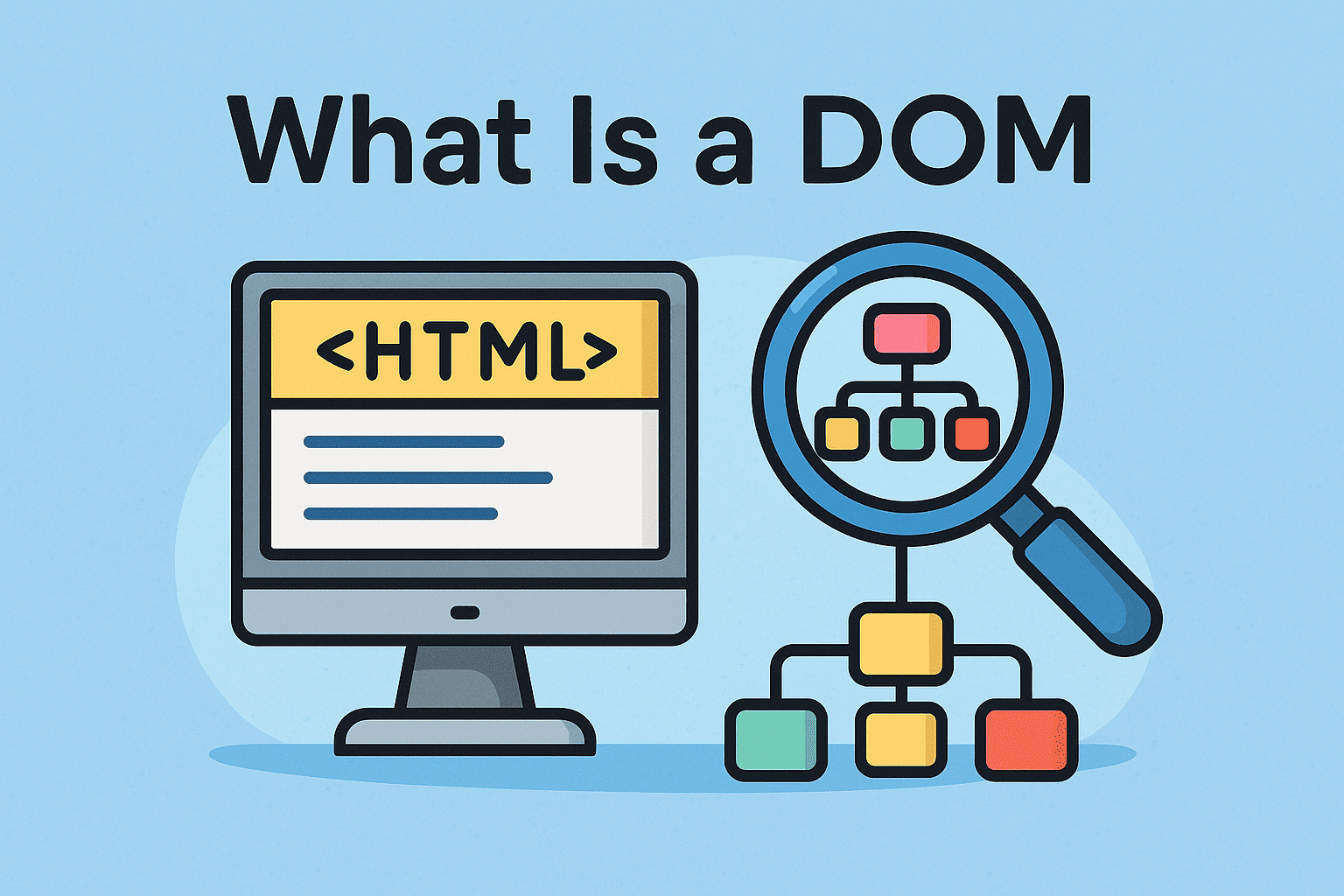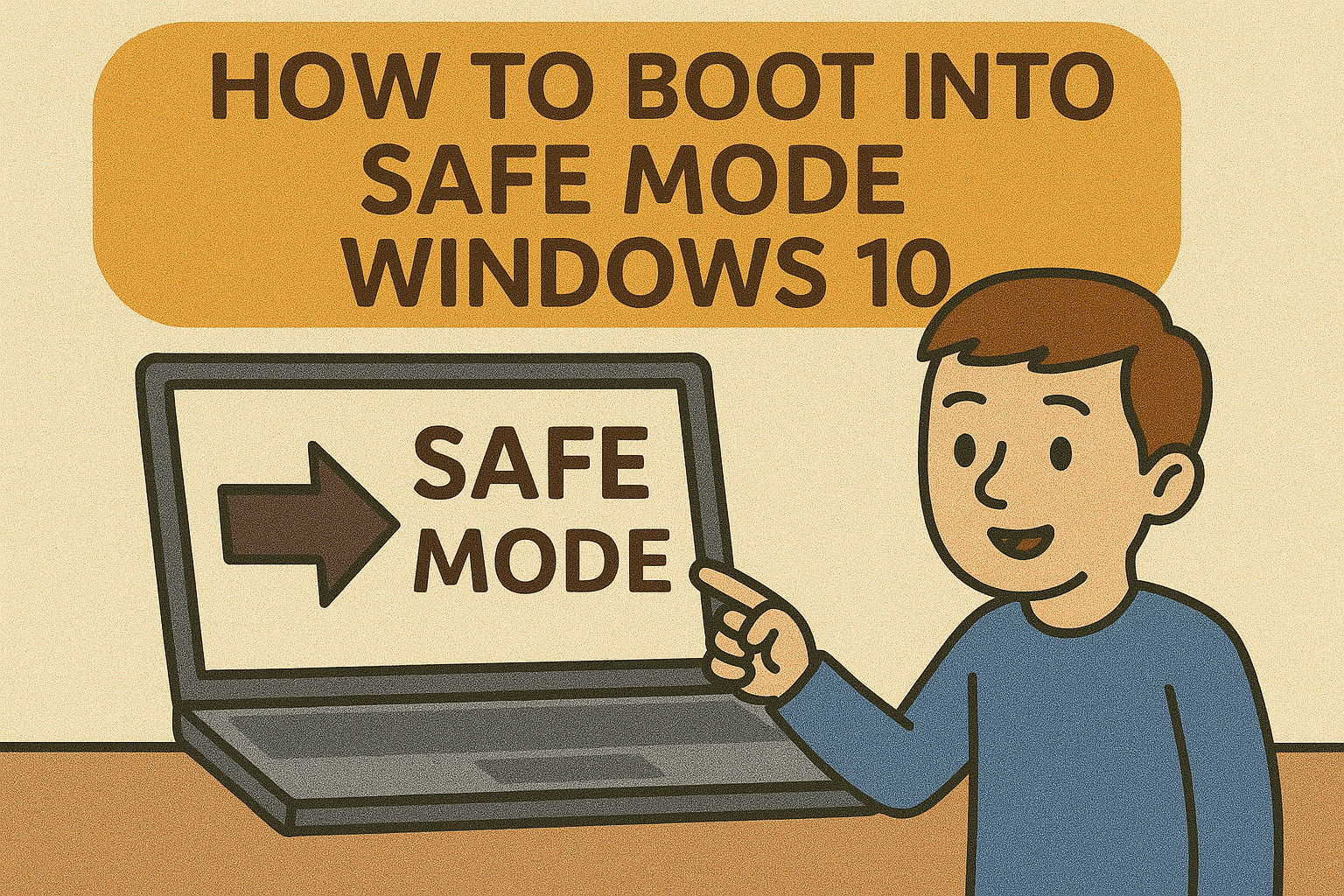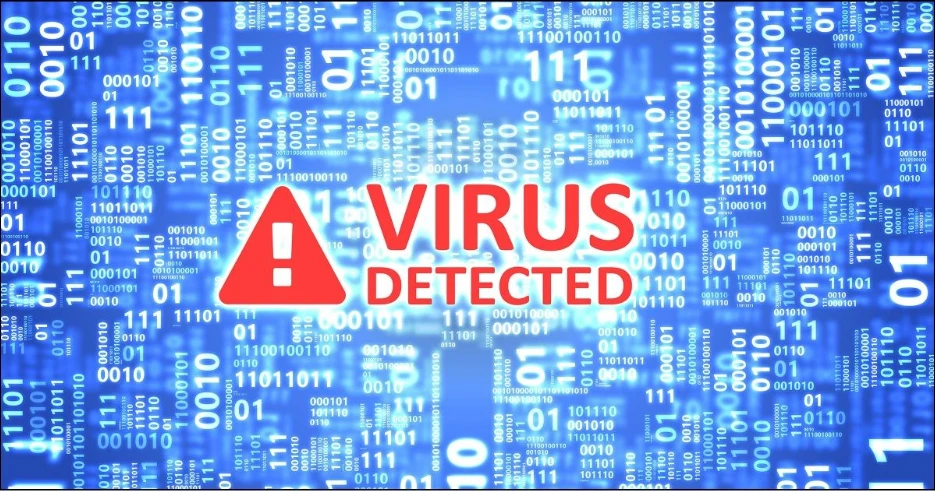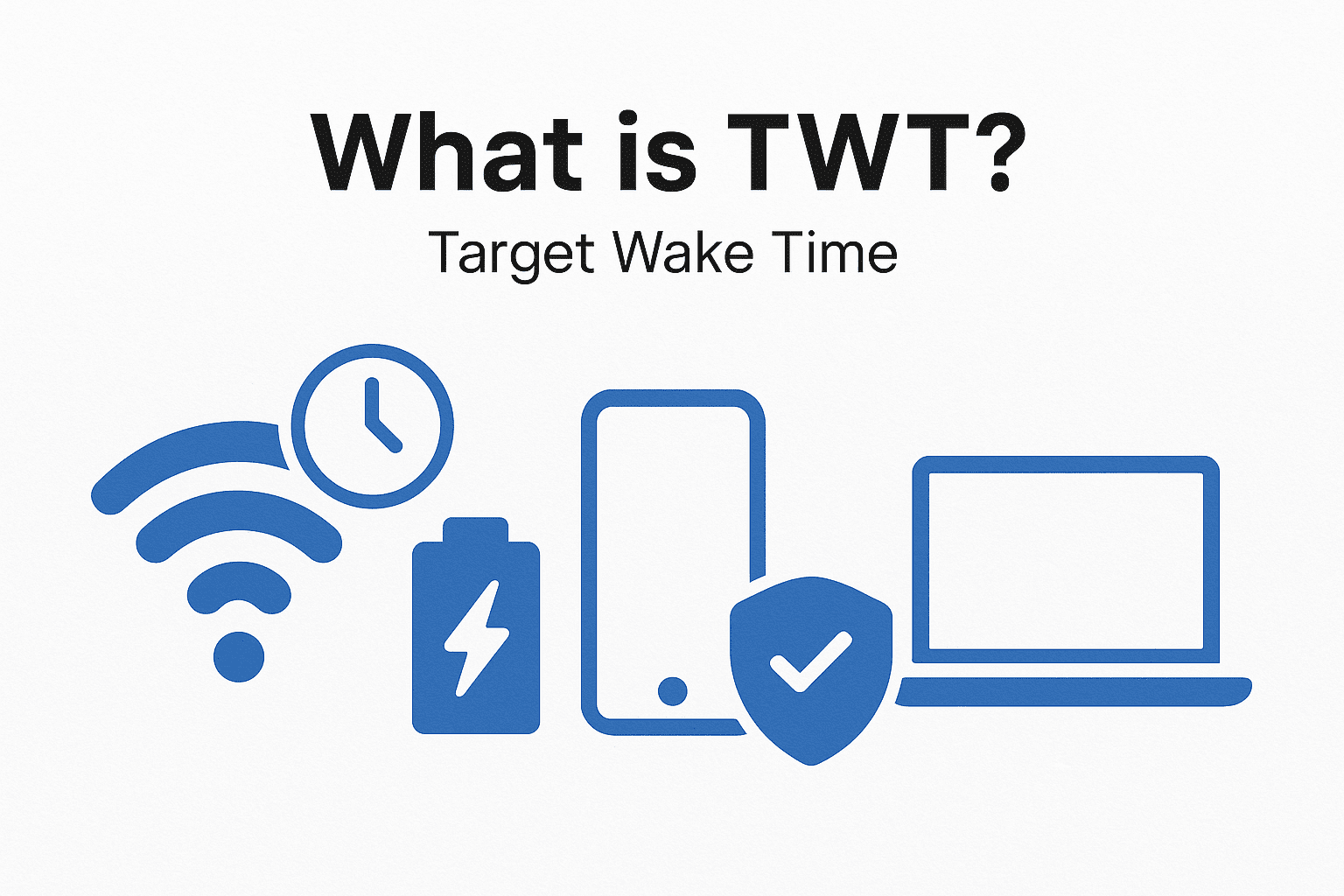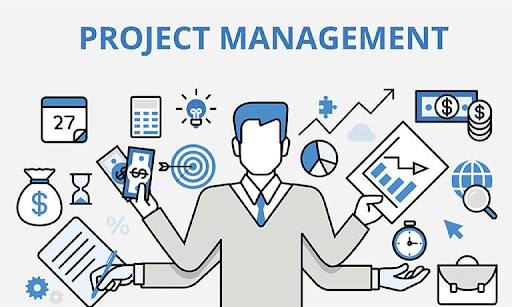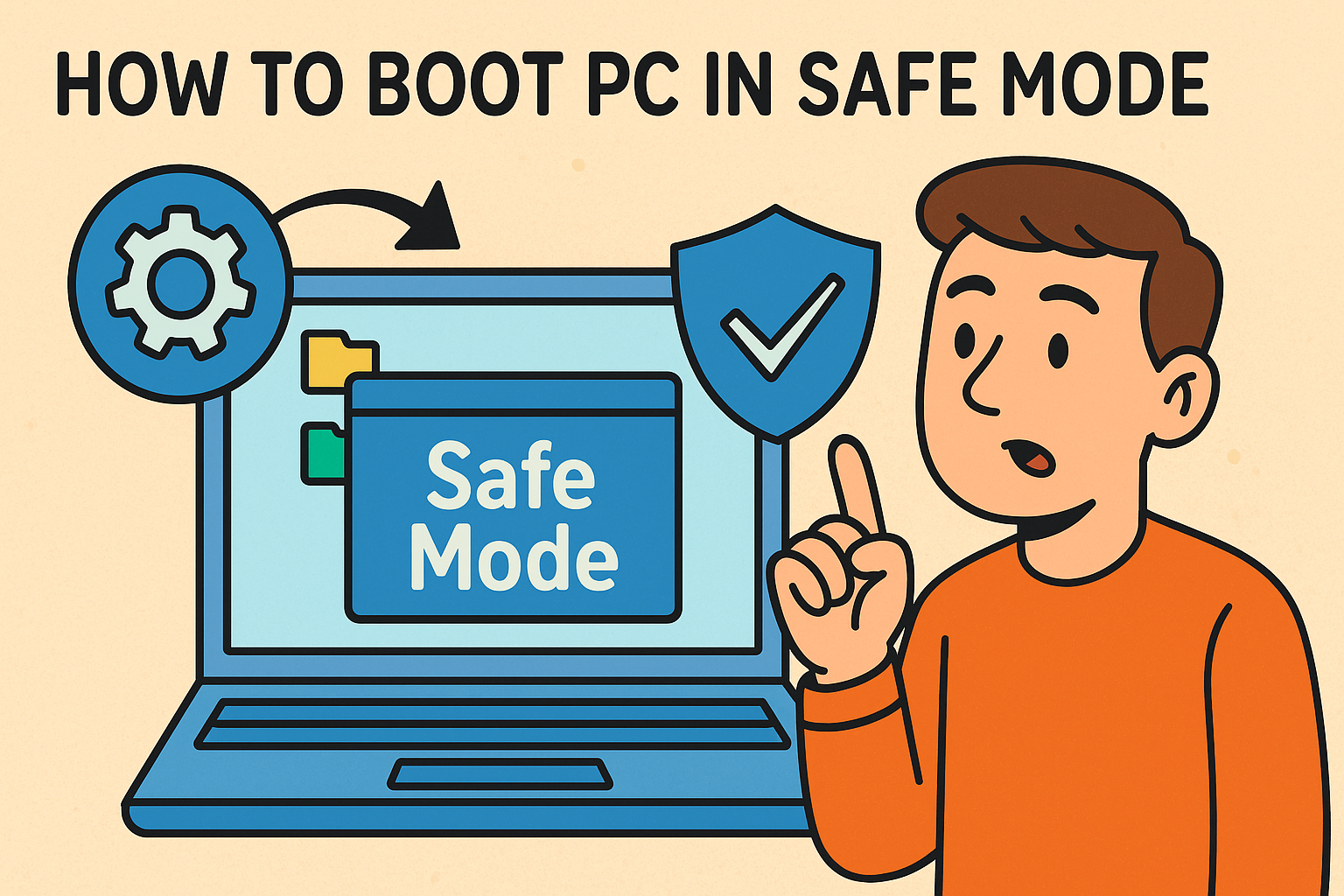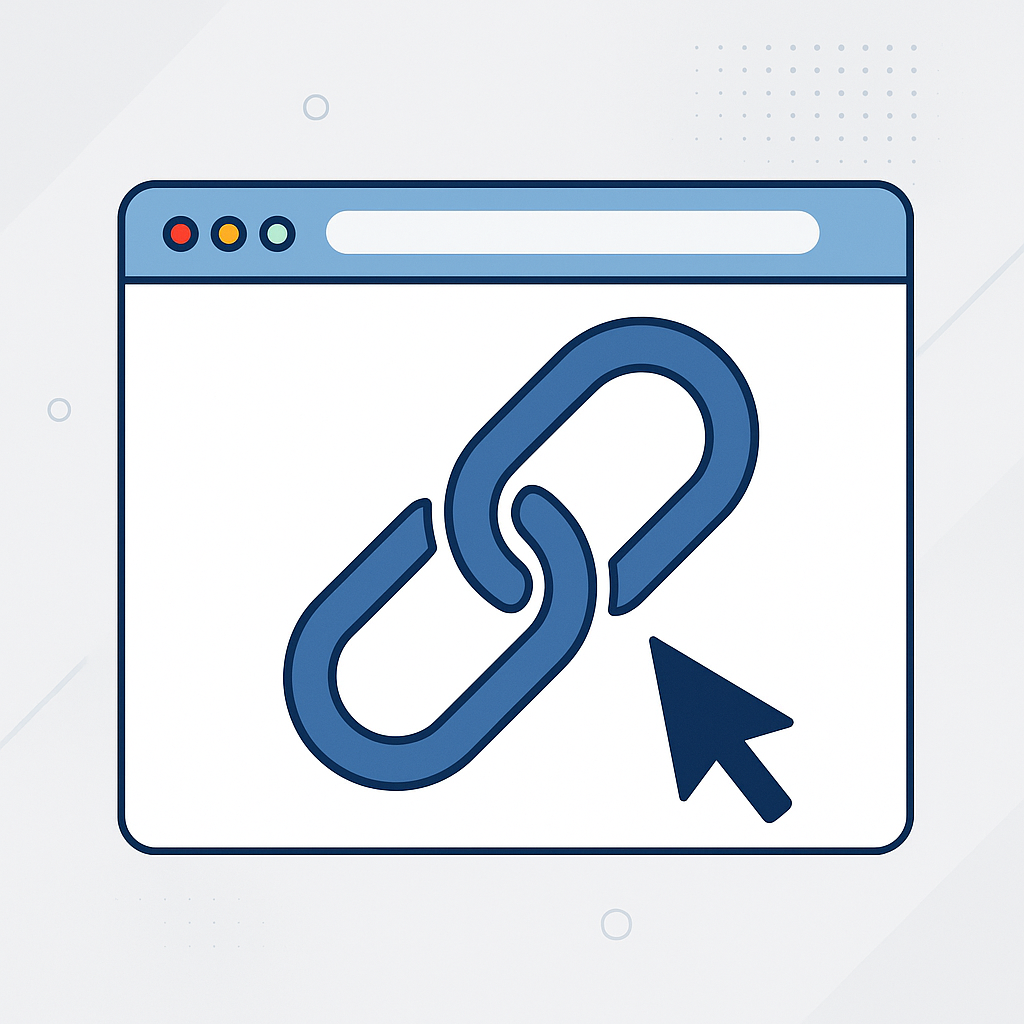Cyber Threat: Understanding and Mitigating Modern Risks
Updated on June 4, 2025, by Xcitium
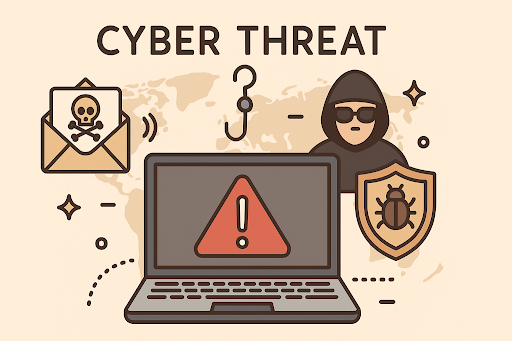
In today’s digital-first business environment, cyber threats are not just possible—they’re inevitable. A 2024 IBM report shows the average cost of a data breach is $4.45 million, a clear signal that cyber threats have grown both in volume and complexity. But what is a cyber threat? How can your organization stay ahead of emerging risks?
Whether you’re an IT manager, cybersecurity professional, or CEO, understanding the evolving cyber threat landscape is essential to safeguarding your data, reputation, and operations.
What is a Cyber Threat?
A cyber threat refers to any malicious act that seeks to damage data, steal information, or disrupt digital life. It encompasses a wide array of attack vectors, including malware, ransomware, phishing, and denial-of-service (DoS) attacks.
Cyber threats may originate from:
- Nation-state actors targeting critical infrastructure
- Cybercriminal organizations seeking financial gain
- Hacktivists motivated by ideological beliefs
- Insiders (disgruntled employees or negligent users)
Real-World Examples:
- SolarWinds Supply Chain Attack: Infiltrated government systems through trusted software
- Colonial Pipeline Ransomware: Caused massive fuel shortages in the U.S.
- Equifax Breach: Compromised personal data of over 147 million individuals
Categories of Cyber Threats
1. Malware and Ransomware
These malicious programs can encrypt your files (ransomware) or spy on users (spyware).
2. Phishing and Social Engineering
Cyber attackers manipulate individuals into divulging confidential information through fake emails, websites, or phone calls.
3. Denial-of-Service (DoS) and DDoS Attacks
Overwhelming servers with traffic to shut down services.
4. Advanced Persistent Threats (APTs)
Long-term, targeted attacks are often carried out by well-funded attackers with specific goals.
5. Insider Threats
Employees or contractors who misuse their access to harm the organization, either intentionally or accidentally.
Why Cyber Threats Are Increasing
Several key factors contribute to the rise in cyber threats:
- Remote and hybrid work models are increasing attack surfaces
- Growing dependency on cloud infrastructure
- Proliferation of IoT devices with minimal security
- Sophisticated tools are available to cybercriminals on the dark web
Organizations must stay informed through Cyber Threat Advisories from credible sources such as CISA, NSA, and private security vendors.
How Cyber Threats Impact Businesses
Financial Losses
Ransomware demands, breach penalties, and reputational damage lead to massive costs.
Regulatory Penalties
Failure to comply with GDPR, HIPAA, or other regulations results in significant fines.
Operational Disruption
Cyber threats can halt operations, impact supply chains, and affect customer trust.
Intellectual Property Theft
Competitors or foreign entities may steal proprietary data, harming innovation.
Cyber Threat Map: Visualizing Global Attacks in Real Time
Cybersecurity platforms like Kaspersky, Check Point, and FireEye provide live Cyber Threat Maps that visually display ongoing cyberattacks across the globe. These tools help organizations:
- Detect attack patterns
- Identify threat origin points
- Improve incident response plans
Tip: Use a threat map dashboard in your Security Operations Center (SOC) to monitor activity 24/7.
Cyber Threat Advisories: Stay Informed to Stay Safe
Advisories are critical for preemptive defense. Subscribe to:
- CISA Alerts and Vulnerability Bulletins
- MITRE ATT&CK Framework Updates
- National Cyber Awareness System
- Vendor-specific advisories (Microsoft, Cisco, Palo Alto)
These advisories provide:
- Zero-day vulnerability alerts
- Patch recommendations
- Threat intelligence
How to Mitigate Cyber Threats: A Proactive Approach
1. Conduct Regular Risk Assessments
Identify vulnerabilities and classify data to prioritize defenses.
2. Implement Multi-Layered Security
Use firewalls, anti-malware, IDS/IPS, and endpoint detection tools.
3. Zero Trust Architecture (ZTA)
Never trust, always verify. Authenticate every user, device, and session.
4. Security Awareness Training
Train employees to identify phishing attempts and practice good cyber hygiene.
5. Backup and Incident Response Plan
Automate regular backups and simulate incident response scenarios.
Industry-Specific Cyber Threat Trends
Healthcare
- Threat: Ransomware targeting patient records
- Recommendation: Encrypt all health data and segment networks
Finance
- Threat: Credential stuffing and fraud
- Recommendation: Strong multi-factor authentication (MFA)
Manufacturing
- Threat: Industrial control system (ICS) attacks
- Recommendation: Use secure remote access tools and monitor OT networks
Education
- Threat: Phishing and DDoS
- Recommendation: Implement strong access controls and monitor student devices
Emerging Trends in Cyber Threats (2025 Outlook)
- AI-Powered Attacks: Threat actors using generative AI to automate phishing and malware creation
- Cloud Configuration Errors: A major source of breaches due to mismanaged permissions
- Supply Chain Risks: Exploiting third-party software or service providers
- Deepfake and Impersonation: Using synthetic media to deceive and defraud
Final Thoughts: Stay Ahead of the Curve
Cyber threats are an ever-evolving danger, but with knowledge and preparation, your organization can remain resilient. Make threat intelligence a boardroom priority, implement best practices, and cultivate a security-first culture.
Ready to enhance your cyber defense?
Request a Demo to see how our threat detection and mitigation solutions can protect your enterprise.
FAQ: Cyber Threats
1. What is a Cyber Threat?
A cyber threat is any attempt to gain unauthorized access, damage, disrupt, or steal data from information systems through digital means.
2. How do Cyber Threat Maps help?
They offer a real-time visual representation of cyberattacks, helping security teams detect and respond faster.
3. Where can I find Cyber Threat Advisories?
Trusted sources include CISA, MITRE, and major cybersecurity vendors.
4. What industries are most at risk from cyber threats?
Healthcare, finance, manufacturing, and education are among the most targeted.
5. What are the first steps to mitigate a cyber threat?
Start with a risk assessment, patch management, employee training, and implement a strong incident response plan.




